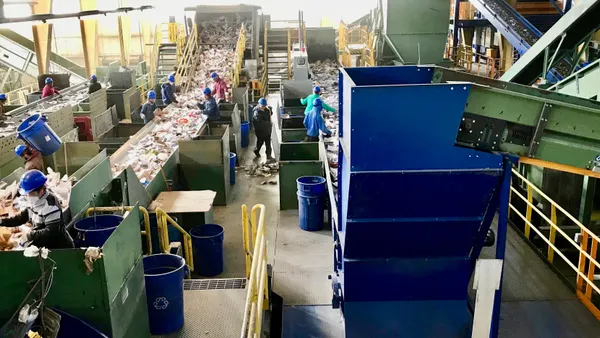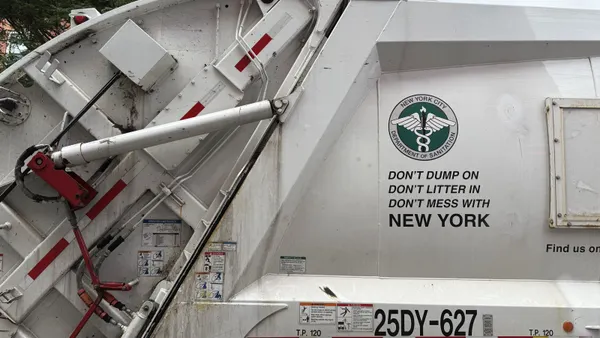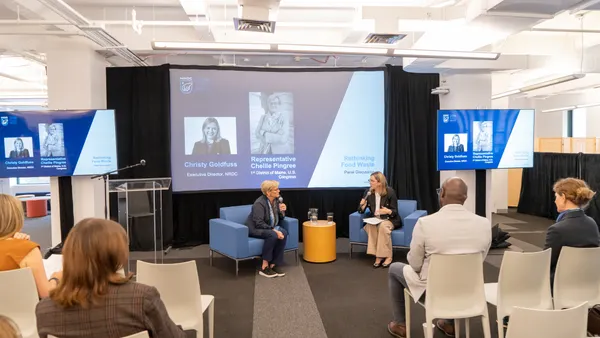Dive Brief:
- The New York Times recently reported how "scavengers" are putting the NYC Department of Sanitation at risk by removing valuable recyclables off the curb before they are collected.
- Currently, the city's diversion rate is 16% according to the EPA. Therefore, the city has a long way to go to reach its goal of sending zero waste to landfills by 2030 — a goal that has many obstacles even without the issue of scavenging.
- While there are efforts to divert thieves from stealing recyclables — including PSA videos, Facebook pages that expose thieves with photos, and a 2008 law that restricts some collections of bottles and cans — the city, and specifically DSNY, may need to push these efforts more to ensure recycling rates will rise.
Dive Insight:
While illegal activity across the industry is not uncommon, it affects the industry in massive ways — and, many times, it is hard to find solutions for how to stop criminals in their tracks.
"Recycling theft does impact the city’s ability to track our curbside diversion rate," said Amy Spitalnick, a spokeswoman for the mayor, in a statement, as reported in The New York Times. "And, perhaps most importantly, it’s theft — and it’s illegal. The city will continue to crack down on recycling theft as we simultaneously push forward a greener and more sustainable waste management system."
While waste-picking is an issue across NYC, the opposite issue — illegal waste dumping — has plagued cities and states across North America. NYC's home state has reworked solid waste rules to fight illegal dumping, as other cities in states like Ohio and Kentucky have proposed rules to tackle specific types of dumping.
Still, if such illegal activity is not halted, the Big Apple may be in trouble when it comes to diversion rates.
"The city’s got goals, and the only way we know how to meet those goals is if we have control over the commodity," said DSNY spokesman Vito Turso to the Times. "It would be very easy for us to say, ‘Well, since it’s not out there it must be being recycled,' but that would be something that is unquantifiable. We want to be the city, the largest urban center, that does the best it can to recycle as much as possible, and the only way to know that is if we can measure it."









